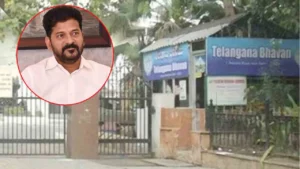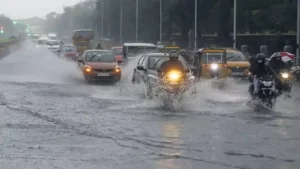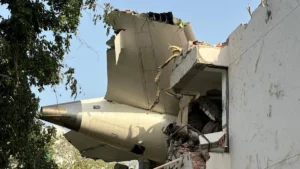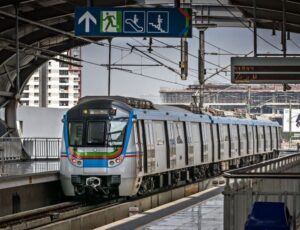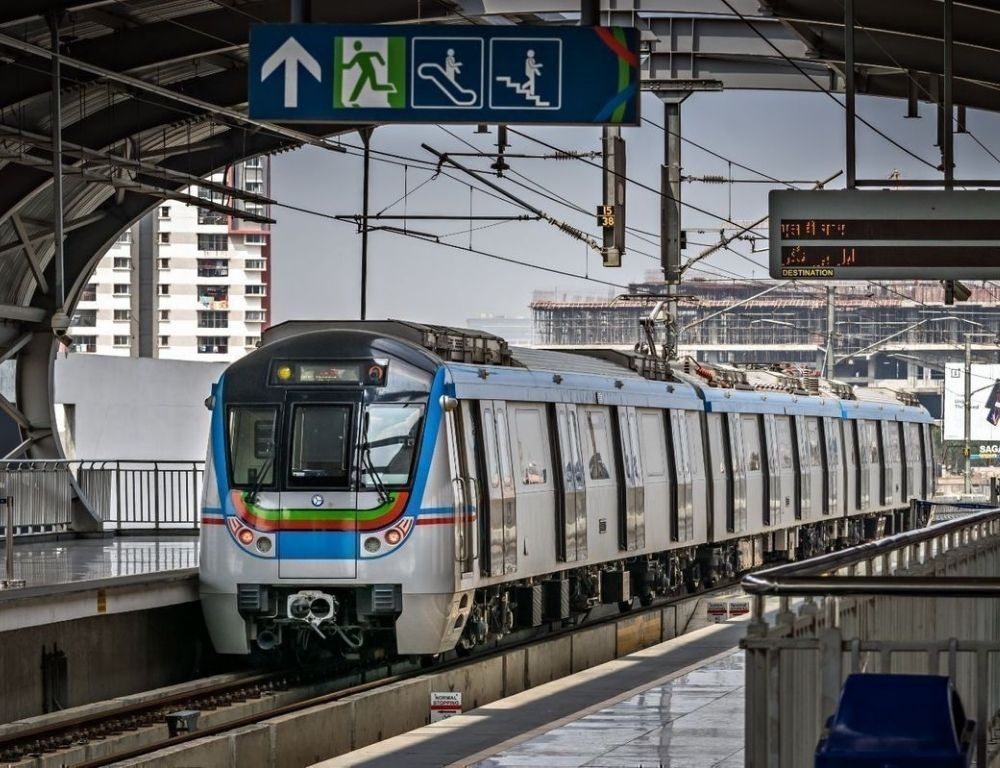
In a landmark move for urban mobility in Telangana, the Hyderabad Metro Rail Phase II-B project has officially received approval from the state government. The joint venture (JV) model proposed for this ambitious expansion is expected to change the way Hyderabad commutes in the coming decade.
Spanning 86.1 kilometres, this extended metro line will connect key emerging corridors like Medchal, Shamirpet, and the much-talked-about Future City. For the people of Hyderabad and surrounding districts, this expansion represents more than new stations—it signals growth, access, and long-term connectivity.
Here’s a detailed look at what Phase II-B means for Hyderabad residents, and why this project has the potential to shape the city’s future in transport, real estate, and employment.
Hyderabad Metro Phase II-B: What’s New?
Phase II-B of the Hyderabad Metro marks one of the most comprehensive public transport infrastructure upgrades Telangana has seen in recent years. The project covers 86.1 km and aims to enhance connectivity from Hyderabad’s north-eastern outskirts right to the city’s rapidly growing commercial zones.
According to the proposal, this metro expansion will include:
-
A dedicated line from Medchal to BHEL
-
Extended coverage from Shamirpet to LB Nagar
-
A new corridor connecting the developing Future City zone
-
Modernised stations with multi-modal integration points
-
Seamless last-mile connectivity via feeder services
These routes will cut across existing metro lines while integrating with key road networks and bus terminals.
Why This Matters to Hyderabad’s Commuters
For residents in Medchal and Shamirpet, public transport options have remained limited compared to the rest of Hyderabad. Many still depend on personal vehicles, shared autos, or long waits for TSRTC buses. Daily commutes to business hubs like Hitec City, Gachibowli, and Begumpet are time-consuming and exhausting.
With this extension, residents of northern and eastern Hyderabad will finally gain access to fast, efficient, and clean public transport.
Ramya, a school teacher from Medchal, shares:
“Currently, it takes me over 90 minutes to reach Banjara Hills. If the metro becomes operational in our area, it’ll reduce stress, save money, and help me reach home before sunset.”
The Future City Corridor: A Glimpse Into Tomorrow
Perhaps the most interesting part of this expansion is the connectivity to Future City, a planned urban zone aimed at transforming Hyderabad’s outer zones into smart, tech-driven residential and commercial districts.
As land near ORR (Outer Ring Road) becomes more valuable and urban sprawl increases, Future City is expected to house tech parks, residential high-rises, and public amenities designed with long-term sustainability in mind.
Bringing metro connectivity to this area early on is a masterstroke. It ensures that development will be inclusive, accessible, and environmentally responsible from the start.
Telangana Government’s Commitment to Urban Mobility
The Telangana state government’s approval of the JV model for Metro Phase II-B indicates its commitment to expanding public infrastructure through strategic partnerships.
Unlike earlier phases, Phase II-B will see funding and operational responsibilities shared between the government and private entities. This approach not only reduces financial pressure on public funds but also encourages faster execution, high-quality service delivery, and accountability.
The Chief Minister’s Office has also highlighted that this expansion will support environmental goals by reducing vehicle congestion and lowering carbon emissions in fast-growing residential zones.
Benefits to Real Estate and Local Economy
As seen during the earlier phases of the Hyderabad Metro, property values near metro stations tend to appreciate significantly. With Phase II-B extending into developing zones, landowners and real estate investors in Medchal and Shamirpet are already preparing for a wave of new demand.
Local businesses—from retail outlets to co-working spaces—are expected to benefit from increased footfall and ease of access. Local construction jobs, contract roles in civil works, and employment in future metro operations will boost the regional economy as well.
Sharath, a civil contractor from Kompally, remarks:
“This metro expansion will create job opportunities not just during construction, but even later when retail, food courts, and small businesses come up around the stations.”
Station Design and Features
Though specific station blueprints are yet to be released, early reports suggest that Phase II-B stations will include:
-
Elevated platforms with escalators and elevators for ease of access
-
Dedicated parking zones for bicycles, two-wheelers, and e-vehicles
-
Solar panels for partial energy generation
-
Accessibility features for differently abled passengers
-
Digital ticketing integration with existing Hyderabad Metro apps
This user-centric design aims to make metro travel comfortable, safe, and time-efficient for all segments of the population.
Reduced Traffic Pressure on Major Roads
One of Hyderabad’s persistent urban issues is traffic congestion during peak hours. Corridors like the Medchal Highway, Suchitra Crossroads, and Alwal Road are frequently choked with slow-moving traffic. This expansion will help divert a large portion of daily commuters from private vehicles to public transport.
If executed on time, Phase II-B could save thousands of litres of fuel daily, reduce commuting hours, and make Hyderabad’s roads safer and more predictable.
Timeline and Expectations
Although the government has approved the project in principle and the JV model has been finalised, the actual timeline for execution is expected to roll out in phases over the next 3 to 5 years. Tendering for construction, land acquisition, and environmental clearances are likely to take place in the next few months.
However, based on the experience from Phase I and II-A, residents are optimistic that the metro’s efficient management style will carry forward.
Community Engagement
Officials have also proposed community consultation sessions in affected localities to ensure transparency, timely updates, and space for public input. Landowners near station areas and future depots are being assured of fair compensation and rehabilitation options if land acquisition is required.
This inclusive approach reflects the state’s larger urban development philosophy: to grow with the people, not just around them.
The approval of Hyderabad Metro Phase II-B is not just a transport update—it’s a sign of how Telangana is preparing its capital city for the future. By connecting under-served suburbs like Medchal, Shamirpet, and Future City with the core urban grid, the government is working to decentralise growth, reduce travel time, and improve quality of life.
For the lakhs of commuters who currently rely on unpredictable road transport, this expansion represents the promise of reliability, speed, and dignity. For businesses and investors, it signals that Telangana’s infrastructure vision is both bold and rooted in reality.
As Hyderabad grows, so must its ability to connect—physically, economically, and socially. Metro Phase II-B is a powerful step in that direction.

